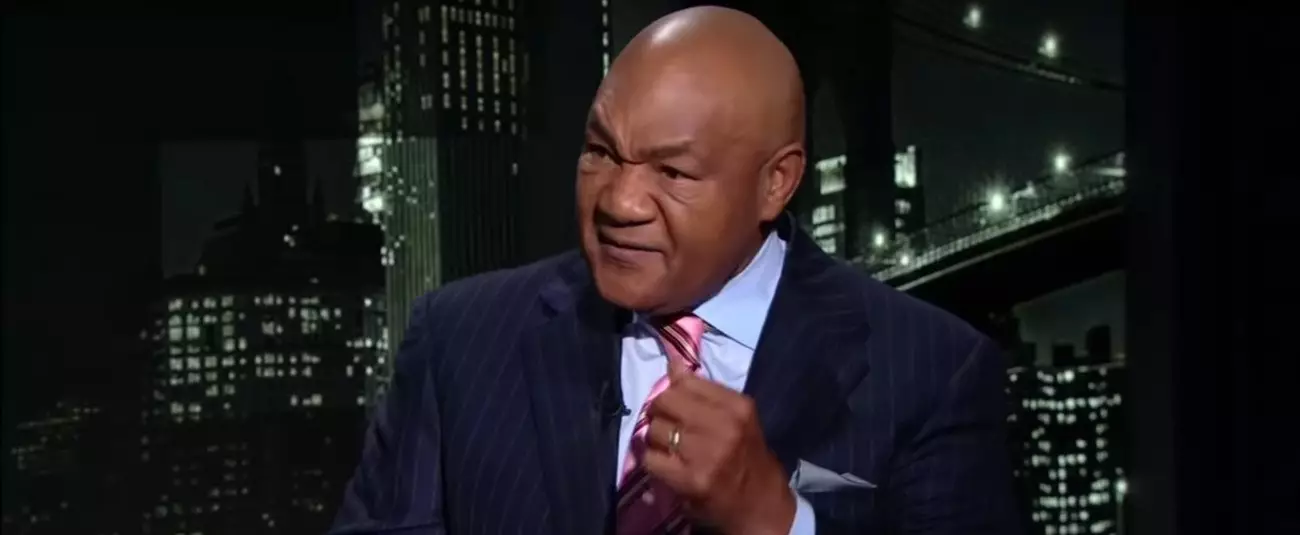George Foreman’s presence in the heavyweight boxing arena is nothing short of legendary. Known primarily for his ferocious punching power, which has earned him a place among the sport’s all-time greats, Foreman possessed far more than just brute strength. His career showcases a remarkable combination of tenacity, skill, and evolution, providing a model for fighters pursuing greatness. While his ability to deliver devastating knockouts defines much of his legacy, the intricacies of his fighting style and strategic mentality reveal the depth and complexity of one of boxing’s most formidable figures.
The Driving Force Behind Foreman’s Success
Foreman’s approach to boxing exemplifies how physical prowess melds with mental resilience. He forged an identity not only as a boxer’s boxer but also as a master of psychological warfare. The sheer force of his physical attacks was often matched by his ability to maintain composure under pressure. This remarkable mental fortitude became particularly evident during his comeback in the 1990s, where he transformed from a young knockout artist to a seasoned tactician, adept at outsmarting and outlasting opponents in the ring. His evolution is a testament to the importance of adaptability and growth throughout one’s career.
A Knockout Artist’s Best Moments
Among the countless rounds listed in Foreman’s storied career, certain fights stand out not just for the victories but for the sheer impact they had on the landscape of boxing. Various notable matches exemplify the might of Foreman’s fists while also illuminating his diverse arsenal.
Firstly, his initial battle with Joe Frazier in 1973 remains iconic. Foreman, initially viewed as an underdog, introduced the world to a new era of power punching. The legendary “Down goes Frazier!” call, made famous by Howard Cosell, encapsulates an event where a fight turned into a one-sided showcase of domination. This encounter marked not only a significant victory for Foreman, but it also shifted public perception of heavyweight boxing, illuminating the terrifying strength he possessed while solidifying his status as a serious contender.
Another thrilling contest was his 1974 bout against Ken Norton. It marked a critical point in Foreman’s legacy, showcasing his capability to combine brute strength with tactical precision. Norton, a formidable opponent renowned for his resilience, was effectively dismantled under Foreman’s onslaught of well-placed jabs and hooks. This fight was as much about strategy as it was about raw power, proving that Foreman was not just a predator in the ring, but also a calculated fighter prepared to exploit weaknesses.
Yet, it’s hard to overlook Foreman’s storied comeback in the 1990s, crowned by his shocking victory over Michael Moorer in 1994. At 45 years old, Foreman achieved the seemingly impossible by becoming the oldest heavyweight champion in boxing history. His victory was not just a feat of physical endurance but an inspiring narrative of resilience and determination. Foreman not only knocked out Moorer but also proved that dreams could be realized even later in life, setting a standard for future generations of boxers who hoped to defy age and expectations.
Beyond the Ring: George Foreman’s Influence
While Foreman’s power in the ring is unquestionable, his influence extends far beyond the sport of boxing. Post-retirement, he seamlessly transitioned into a successful career as a businessman, philanthropist, and media personality. His journey serves as a remarkable case study in reinvention and resilience, illustrating that the attributes that made him successful as a boxer—dedication, discipline, and charisma—are equally critical in other areas of life.
As a cultural icon, Foreman championed a health and fitness lifestyle to a new audience, further broadening his impact. His brand, famously known for the George Foreman Grill, demonstrates his ability to transcend the boxing world and connect with a diverse fanbase.
Foreman’s life story, marked by its trials, triumphs, and transformations, acts as a powerful narrative of hope and persistence. The boxing world mourns the loss of “Big George,” but his indelible impact on both the sport and society will surely endure as an inspiration for many.

